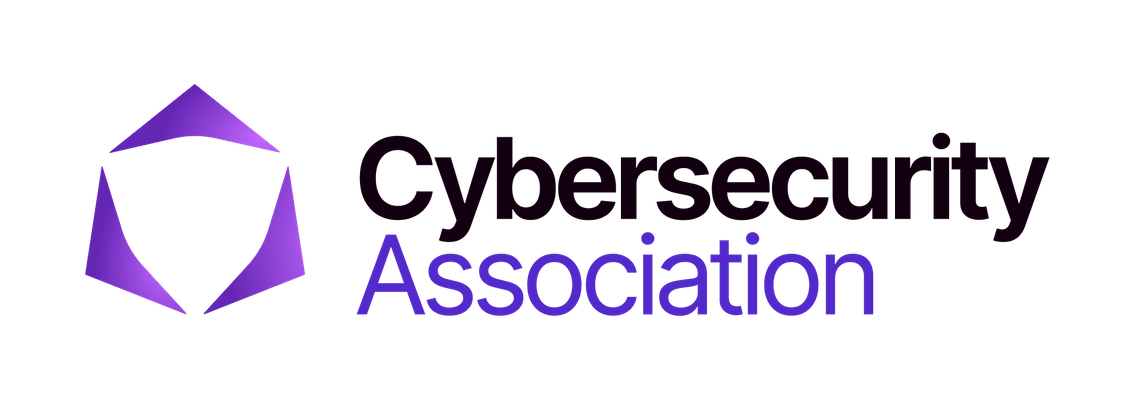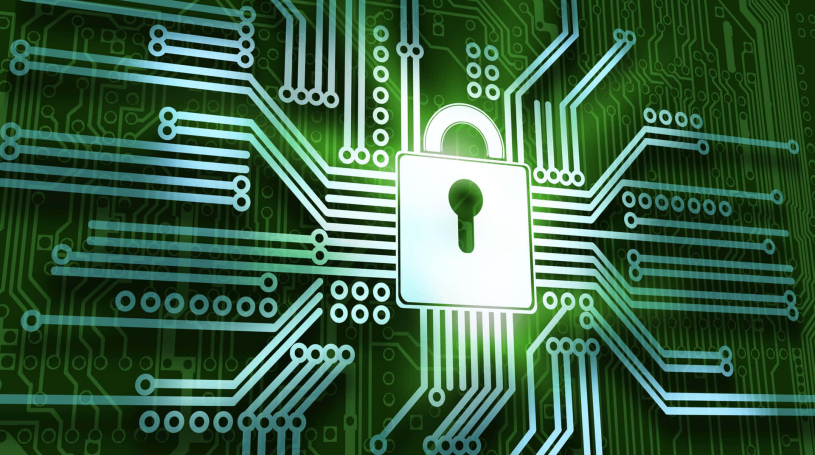5 Key Cybersecurity Trends Redefining Risk and Resilience
As 2025 reaches its midpoint, it’s increasingly clear that cybersecurity is no longer just a technical function, it’s a strategic business imperative. The cyber threat landscape continues to shift at an aggressive pace, fueled by rapid innovation, evolving criminal tactics, and expanding attack surfaces. Organizations, regardless of size or industry, are facing a high-stakes environment where proactive cyber risk management is essential to survival.
The good news? Many organizations are getting smarter. Resilience is no longer a buzzword, it's becoming a foundational element of enterprise strategy. From leveraging artificial intelligence for real-time threat detection to building more transparent and agile compliance programs, businesses are adapting to meet the moment.
Here are five of the most important cybersecurity trends in 2025 that are shaping how we think about risk, response, and long-term resilience.
1. Ransomware-as-a-Service Has Become a Full-Blown Industry
Ransomware threats in 2025 have reached a new level of scale and sophistication. Ransomware-as-a-Service (RaaS) has evolved into a professionalized, subscription-based model that mirrors the structure of legitimate SaaS businesses. Cybercriminal groups are renting out attack kits with built-in automation, ready-made extortion playbooks, and even customer support for affiliates who lack technical expertise.
This industrialization of ransomware makes it easier than ever for bad actors to execute high-impact attacks, and it means traditional perimeter defenses are no longer sufficient. Organizations must now build ransomware resilience into every layer of their infrastructure. This includes robust endpoint protection, immutable and offsite backups, and regularly scheduled incident response simulations that prepare teams for both encryption-based and data exfiltration scenarios.
The ransomware trends of 2025 show that paying the ransom is no longer the worst-case scenario, failing to recover quickly is. Businesses that want to survive must invest in preparation, not just prevention.
2. Artificial Intelligence Is Driving Both Threats and Defenses
Artificial intelligence has become a central player in the cybersecurity landscape—on both sides of the battle. Threat actors are using AI to automate reconnaissance, craft highly convincing phishing attacks, and bypass traditional anomaly detection systems. Deepfake technology and AI-generated social engineering tactics are making it increasingly difficult to spot a scam.
At the same time, defenders are fighting back with AI-powered cybersecurity tools that can detect anomalies in real-time, respond autonomously to known attack patterns, and assist SOC analysts with LLM-driven investigations. In 2025, AI in cybersecurity is not just a nice-to-have, it’s a necessity.
Cyber defense automation tools are allowing teams to scale incident response and reduce dwell time, especially in environments where threats evolve faster than humans can react. AI is also playing a growing role in phishing prevention, helping to identify fraudulent messages by analyzing linguistic patterns, sender behavior, and metadata.
The key is to embrace AI responsibly, ensuring human oversight and aligning automation with organizational risk tolerance. Organizations that adopt AI with intention are not just improving security, they're increasing resilience.
3. Supply Chain Cybersecurity Is a Critical Weak Link
If 2024 was the year of software vulnerabilities, 2025 is the year of supply chain cyberattacks. Adversaries have increasingly turned to trusted third-party providers, open-source dependencies, and managed service platforms as entry points into high-value targets. Software supply chain attacks are now outpacing traditional malware and phishing in both frequency and damage.
Organizations must take supply chain cybersecurity more seriously by implementing continuous third-party risk monitoring, enforcing least-privilege access controls, and extending zero trust principles beyond the perimeter. The growing complexity of digital ecosystems means a single vulnerability in a vendor’s code can ripple across multiple systems and partners.
Third-party risk management isn’t just about due diligence, it’s about actively managing and auditing your entire digital supply chain. Businesses that fail to monitor their vendors in real-time or treat risk assessments as one-off exercises are falling behind. The new reality is that your security is only as strong as the weakest link in your ecosystem.
4. Cybersecurity Compliance Is Evolving—and Tightening
Regulators around the world are stepping up their game in 2025. New legislation and updated frameworks are redefining what it means to be compliant. We've seen sweeping changes across sectors, including stricter breach disclosure timelines, industry-specific cybersecurity mandates, and steeper penalties for non-compliance with cyber risk regulations.
Cybersecurity compliance in 2025 is not about checking boxes, it’s about demonstrating operational readiness, transparency, and resilience. Regulators are increasingly demanding that organizations show they have real plans in place: tested incident response procedures, documented risk assessments, and clear roles during a cyber crisis.
Data breach laws are also becoming more harmonized across regions, placing more pressure on multinational companies to build global compliance strategies. Organizations that view regulation as an enabler, not a roadblock, are gaining a strategic advantage. By aligning compliance efforts with business objectives, companies can reduce risk while building trust with customers and stakeholders.
5. Cyber Resilience Has Earned a Seat in the Boardroom
Cyber resilience has officially gone mainstream. No longer relegated to the IT department, cybersecurity has become a central boardroom topic in 2025. Executives and directors are asking pointed questions: How long would it take us to recover from a ransomware attack? Do we have cyber insurance that actually covers modern threats? Are we practicing our response playbooks?
The shift in mindset from cybersecurity to cyber resilience marks a broader cultural change. It’s not just about avoiding breaches—it’s about ensuring operational continuity when (not if) an incident occurs. Business leaders are realizing that a well-prepared organization can turn a potential crisis into a moment of trust-building and market differentiation.
Developing a cyber resilience strategy now involves cross-functional planning, investment in business continuity, and proactive communication protocols. Board-level cybersecurity initiatives increasingly include regular tabletop exercises, continuous threat modeling, and formalized reporting structures between security leaders and executive teams.
As threat actors grow more aggressive and unpredictable, organizations that embed resilience into their DNA will lead the next phase of digital transformation, not just survive it.
Conclusion: From Risk to Resilience
The lessons of 2025 are clear: cyber risk is no longer a technical silo, it’s a strategic, operational, and reputational issue. The organizations that are thriving in today’s environment aren’t necessarily the ones with the biggest security budgets, but the ones with the clearest vision for cyber resilience.
By embracing automation, integrating AI in cybersecurity, managing third-party risks, staying ahead of regulatory change, and preparing at the board level, businesses can not only defend against threats, they can adapt, recover, and grow stronger after them.
In the second half of the year and beyond, cyber resilience is your competitive edge.
About the author: Jeannette Blake is a cybersecurity writer and Marketing Manager at the Cybersecurity Association, known for her expertise in marketing and networking across the technology landscape. Connect with her on LinkedIn to join the forefront of cybersecurity innovation and strategy.




